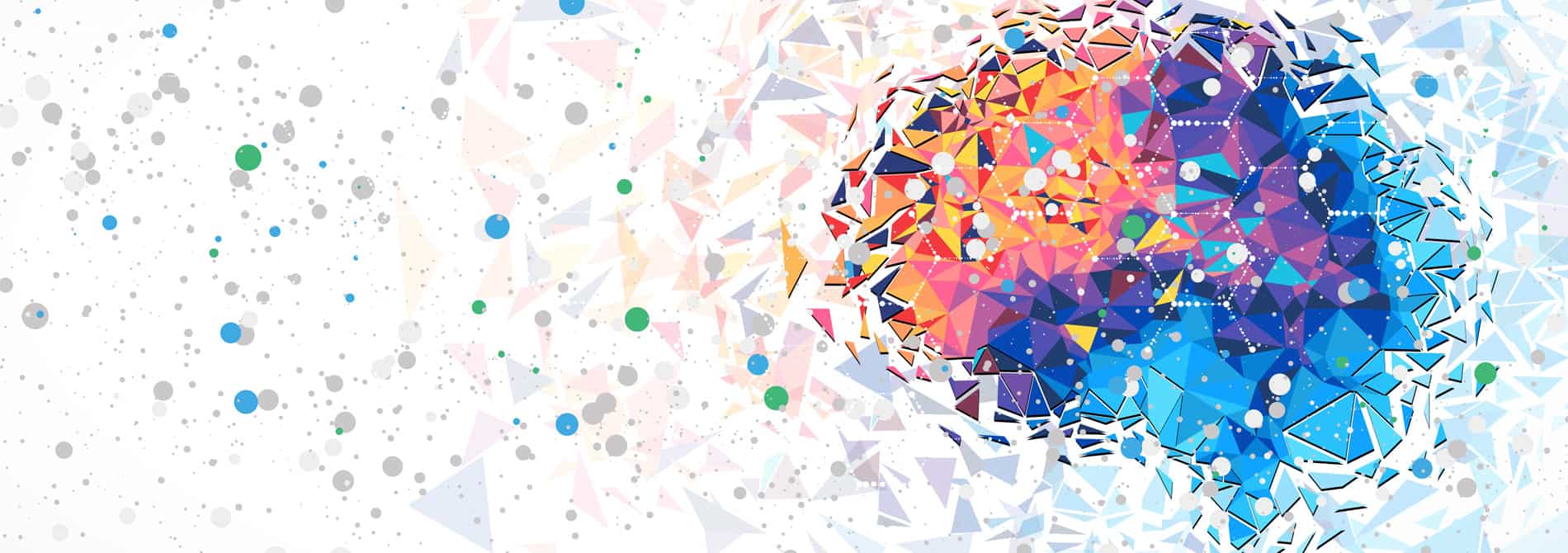Lance Woodley, LSW, MSW, Th.M
Neuroscientific Insights into the Phenomenon of Religious Experience
The 11th Step and the religious experience:
In the 11th Step, Mr. Wilson encouraged others to improve their conscious communication with a higher power through prayer and meditation. Contact with a higher power often appears to be an abstract and esoteric concept. However, Mr. Wilson was on to something when he penned Step Eleven. For those skeptical about the “higher power concept,” you may wonder if he was delusional, making up stuff, or trying to create a new religion. On the other hand, his ideas may provide a way for you to connect to something greater than yourself and ways to quantify that experience. Mr. Wilson, in my opinion, understood the impact that believing in a “power greater than the self” would have for individuals struggling with addiction. Therefore, this article will, with brevity, discuss the neuroscientific insights of what happens to the brain when there is a conscious contact made through prayer and meditation.
As a chaplain, I find that those I serve want to experience their spirituality more meaningfully. It is essential to the recovery process. Unfortunately, many who are serious about their recovery are stumped by the higher power concept and struggle to make this connection, especially connection through prayer and meditation. However, I believe that if we can show some basis for this communication and the experiential benefits, it can strengthen one’s attitude and willingness to engage with their higher power.
If you or a loved one need help, call our admissions team today at 561-841-1033.So, what clinical and spiritual insights does cognitive neuroscience give us?
Andrew Newberg, a Neuroscientist at the University of Pennsylvania, made a remarkable observation regarding the religious experience of two religious groups. These religious groups appear to be at polar ends of the spectrums regarding how they conceptualize the higher power concept. Newberg used a single-photon emission computerized tomography (SPECT) scan for his analysis. This particular type of scan was designed to see how the blood flows within the brain and show which areas receive more (activation) or less (deactivation) blood flow. He used the SPECT scan to observe Tibetan Buddhist monks and Franciscan praying nuns.
Newberg found that when the Tibetan monks reached their optimal meditation state (transcendent), their parietal lobes were deactivated, and their temporal lobes were activated. Guess what happened in the brains of the praying nuns? Similarly, their superior parietal lobes were deactivated, but their lower parietal lobes were active (the area that deals with language), and their temporal lobes were activated. This data suggests that the praying nuns were engaging in a sort of verbal meditation–or rather that intense prayer is a form of verbal meditation (Newberg, 2003)
The parietal lobe is responsible for orienting us toward three-dimensional reality. It helps navigate spatial reality, helping differentiation. In short, we can distinguish between the floor, the chair, the window, and ourselves, among other things (Newberg et al., 2017; D’Aquili, Newberg, 2001). The temporal lobe is responsible for hearing, memory/emotions, auditory processing, language, perception, and object recognition. It is believed that the temporal lobe is involved in many religious/mystical experiences (Newberg et al. 2001).
What does all this mean?
Prayer, just like meditation, requires one to focus on an object during their respective process. This process also thickens the grey matter in the frontal cortex, helping sustain attention, which is needed for prayer and meditation. During the transcendental state, when an individual feels at one with the universe, with God, or in the presence of God, the temporal lobe orients the individual toward connection and communion with their higher power. This state, however, is attained by focusing on a concept, principle, idea, or image that leads to this mystical union. So, this means whatever power is on one’s mind is what they become connected to in a meaningful way during this process. This may imply metaphysical union is gained when mental life is focused on what an individual holds as sacred. Mystical/transcendent experiences are broad but entail a sense of union with visible or invisible others. There are reports that others can sense connectedness with objects and people joining them in meditation and prayer. D’Aquili et al. 2001, describe the mystical states as “progressive increase of unity over diversity, (2) progressive sense of transcendence or otherworldliness, (3) progressive incorporation of the observing self in the experience or state, and (4) progressive increase of certainty in the objective existence of what was experienced in the spiritual or mystical state.”
Participant’s Description of Experience:
When describing their experience, the monks expressed that they felt at one with the universe. The praying nuns said that they felt as if they were in the presence of God. The meditating monks and the praying Nuns described two different world views but had similar brain functions.
How can I practice?
Think about a concept (love, peace, joy), principle (surrendering, broken chains, winding staircase), or an image (dove, sacrament, etc.) and focus on it. If you’re new to meditation, try for twelve minutes a day until you begin to lose track of time. Your experience here may be that you feel that you were meditating for a shorter period than you thought or that you were meditating for a more extended period than you thought. In addition, you may feel an overwhelming sense of heaviness in which you become unaware of where you are, and it may seem scary if it’s your first time.
When praying, you can recite certain mantras that are meaningful within your religious tradition. Try this while walking or by a body of water (waterfall or fountain). This practice is done to keep you centered and focused on your prayer or mantra and help reduce the amount of mental distraction due to concentrating on the sound of the water as you pray or chant. You will sense this working when you have noticed that you have lost yourself in your prayer or chant. You may feel overwhelming peace or that you are in the presence of your higher power. This feeling may also seem scary if this is your first time. These are just a few of many ways in which one could experience the mystical union with a force greater than themselves.
So what?
Having a conscious connection with God is a very real human experience. However, it does take practice and intentionality. The more we learn about these experiences, we discover the positive impact that spirituality and religion have on human flourishing. In regards to sobriety, union with the divine helps to regulate moods, increase focus, and experience a sense of inner peace. This makes a sober life worth living, and thus the message that is carried to other alcoholics.
Hanley Center is a well-known care provider offering a range of treatment programs targeting the recovery from substance use, mental health issues, and beyond. Our primary mission is to provide a clear path to a life of healing and restoration. We offer renowned clinical care and have the compassion and professional expertise to guide you toward lasting recovery.
For information on our programs, call us today: 561-841-1033.




